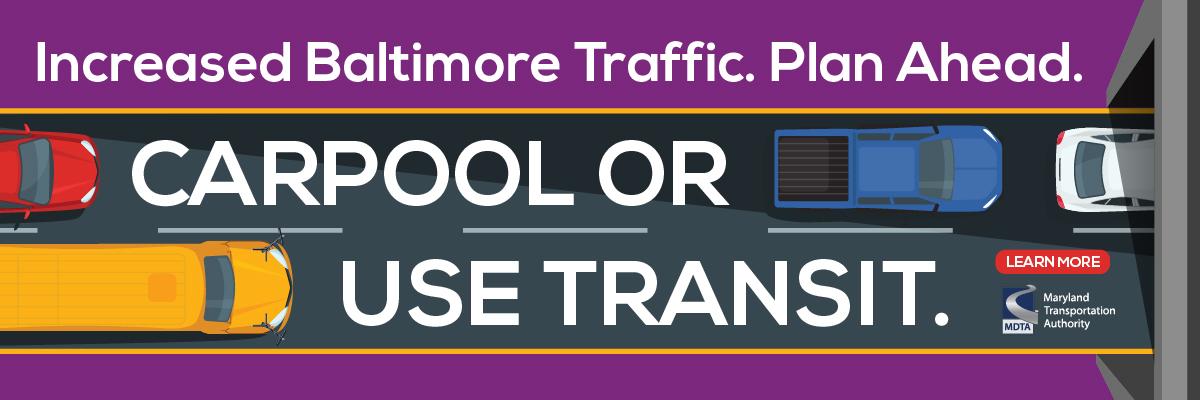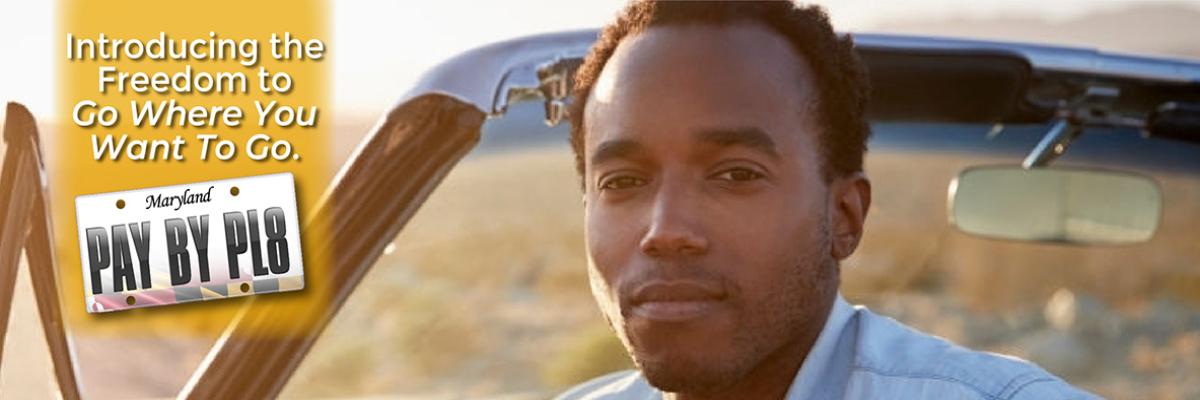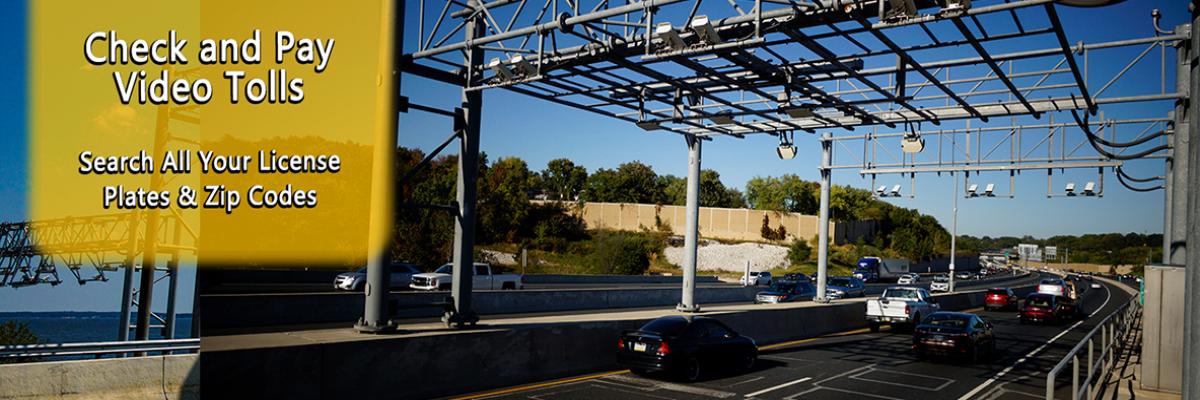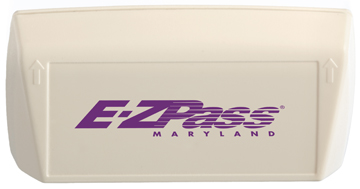
 The Bay Bridge crosses the Chesapeake Bay along US 50/301. Its dual spans provide a direct connection between recreational and ocean regions on Maryland's Eastern Shore and the metropolitan areas of Baltimore, Annapolis and Washington, D.C. At four miles, the spans are among the world's longest and most scenic over-water structures. The original span opened in July 1952 and provides a two-lane roadway for eastbound traffic. The parallel structure opened in June 1973 and has three lanes for westbound travelers. During periods of heavy eastbound traffic, one lane of the westbound bridge is reversed to carry eastbound travelers ("two-way" traffic operations).
The Bay Bridge crosses the Chesapeake Bay along US 50/301. Its dual spans provide a direct connection between recreational and ocean regions on Maryland's Eastern Shore and the metropolitan areas of Baltimore, Annapolis and Washington, D.C. At four miles, the spans are among the world's longest and most scenic over-water structures. The original span opened in July 1952 and provides a two-lane roadway for eastbound traffic. The parallel structure opened in June 1973 and has three lanes for westbound travelers. During periods of heavy eastbound traffic, one lane of the westbound bridge is reversed to carry eastbound travelers ("two-way" traffic operations).
FY 2017 traffic volume - 27.2 million vehicles.
The E-ZPass® electronic-toll-collection system is available at the Bay Bridge.


More than 345,000 vehicles will cross the Bay Bridge between Friday, August 29, and Monday, September 1, Labor Day. Motorists should stay on US 50 on both sides of the bridge to keep local roadways open for first responders and residents.
The best times to travel across the Bay Bridge this holiday period include:
- Thursday, August 28 – before 11 a.m. and after 9 p.m.
- Friday, August 29 – before 10 a.m. and after 9 p.m.
- Saturday, August 30 – before 9 a.m. and after 6 p.m.
- Sunday, August 31 – before 11 a.m. and after 6 p.m.
- Labor Day Monday, September 1 – before 10 a.m. and after 10 p.m.
Vehicles carrying Class 1 explosives and radioactive materials require an escort to cross the Bay Bridge. For additional information regarding these restrictions, please call 410-537-6601.
- Visit baybridge.com, the official website for the Bay Bridge.
- Visit the Bay Bridge Traffic Advisory page.
William Preston Lane Jr.
Memorial Bridge
850 Revell Highway
Annapolis MD 21409-5559
410-537-6600
1-888-754-0117
TTY 410-355-7024
E-mail: [email protected]
The [Facility Name] is eligible for inclusion in the National Register of Historic Places. For more information about its history, follow link to learn more.
- Estimated Annual Traffic:
- 1952: 1.1 million vehicles (eastbound span opened)
- 1972: 6.5 million vehicles
- 1973: 7.3 million vehicles (westbound span opened)
- 1980: 10.2 million vehicles
- 1990: 16.6 million vehicles
- 2000: 23.7 million vehicles
- 2010: 26.4 million vehicles
- 2019: 27.6 million vehicles
- Traffic Capacity (both spans):
- 1,300 -1,500 vehicles per lane, per hour*
*This capacity assumes idealized conditions—factors such as adverse weather, two-way operations, roadwork, and roadway incidents typically reduce capacity
- 1,300 -1,500 vehicles per lane, per hour*
- Construction-Start Dates:
- November 1949 (eastbound span)
- May 1969 (westbound span)
- Opening Dates:
- July 30, 1952 (eastbound span)
- June 28, 1973 (westbound span)
- Construction & Rehabilitation:
- Eastbound Span original construction: $45 million
- Westbound Span original construction: $148 million
- Westbound Span painting (2010): $30.9 million
- Bay Bridge 2022-2027 Consolidated Transportation Program (CTP): $335.7 million
- Location:
- Two-span bridge between Sandy Point and Stevensville, MD
- Overall Lengths:
- Shore-to-shore, including causeway: 4.35 miles (eastbound), 4.33 miles (westbound); Bridge structure abutment to abutment: 4.03 miles (eastbound), 3.987 miles (westbound)
- Height:
- Vertical clearance: 186 feet Height of suspension-bridge towers: 354 feet (eastbound), 379 feet (westbound)







